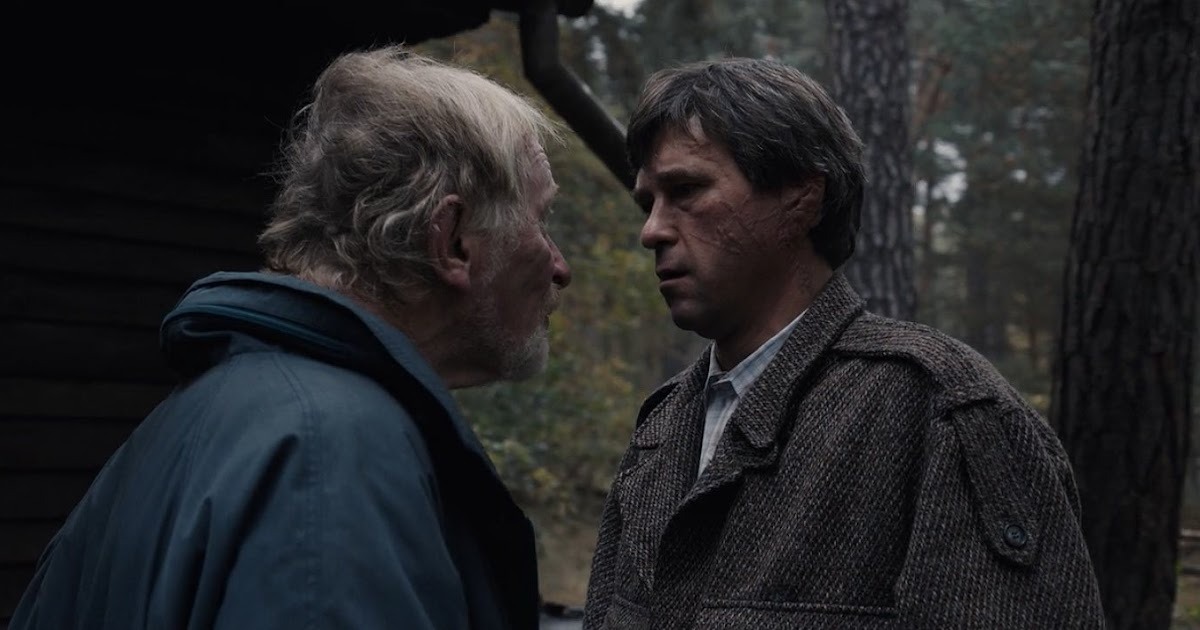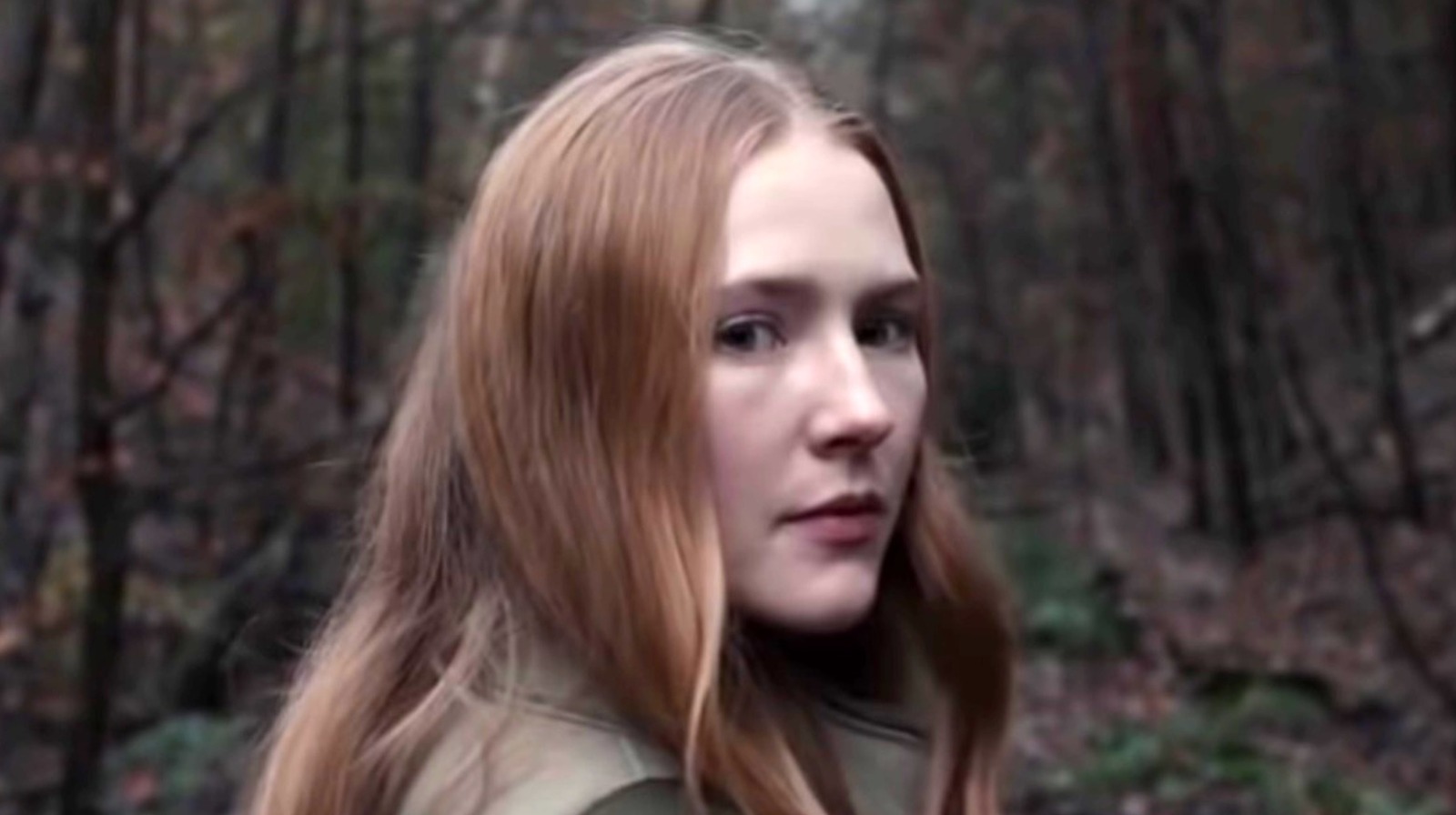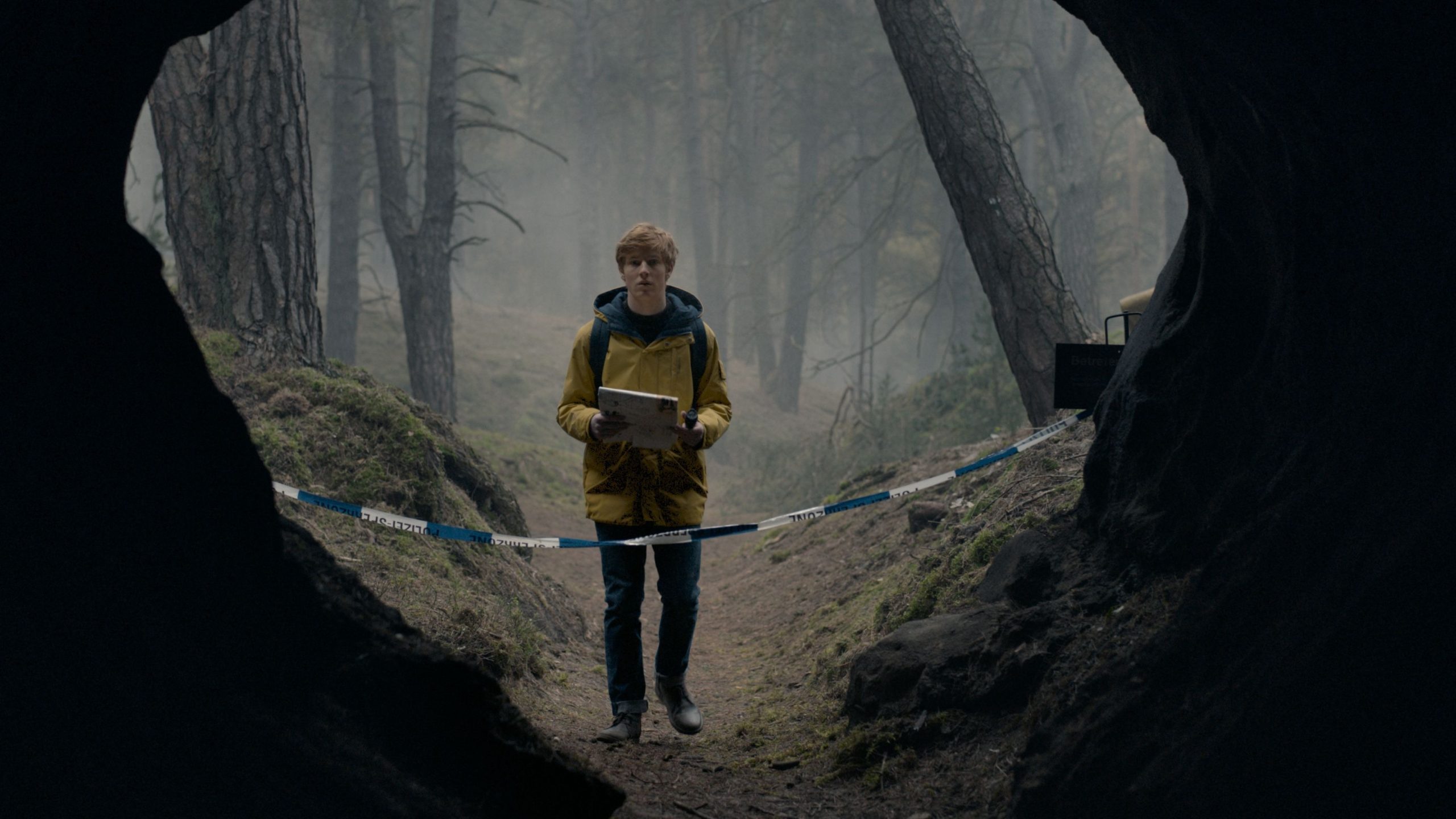“Dark” is a German science fiction series on Netflix that delves into time travel, fate, and the intertwined lives of the residents of Winden. The show begins with Jonas Kahnwald (Louis Hofmann), a teenager grappling with the recent death of his father.
Returning to school after his father’s suicide, Jonas joins his friends, Bartosz Tiedemann (Paul Lux), Magnus Nielsen (Moritz Jahn), and Martha Nielsen (Lisa Vicari), for an adventure in the woods. However, they end up bringing along Martha and Magnus’s younger brother, Mikkel (Daan Lennard Liebrenz).

This sets off a series of events that change their town and their lives forever. The first season of “Dark,” which premiered in 2017, introduces the audience to Winden and a time travel wormhole that connects different periods through 33-year cycles.
When Mikkel and another boy go missing, a search led by his father, police investigator Ulrich Nielsen (Oliver Masucci), along with Charlotte Doppler (Karoline Eichhorn) and Jonas, uncovers a time travel conspiracy that spans almost a century and connects people in bizarre and mysterious ways.
The German sci-fi show is well known for its complex timeline and the intricate relationships among its characters. In case the events of the first season left you confused, this breakdown will help clarify how the story concluded.
Time Travel and the Three Time Periods: 1953, 1986, and 2019
When discussing “Dark,” people often highlight the brilliance of the casting, and it’s easy to understand why. Since the storyline covers characters at different ages over several decades, it is essential to cast actors who can convincingly portray each character at different stages in their lives.
Season 1 is set in 2019, 1986, and 1953, with even more periods added in subsequent seasons. The search for missing children in 2019 takes Ulrich and Jonas into a series of caves in the woods, where they find a doorway that connects them to 1986 or 1953.
Jonas receives aid from an enigmatic figure known as “The Stranger” (Andreas Pietschmann), while Ulrich, desperate to find his son, forces his way into the past. Meanwhile, a man named Noah (Mark Waschke) is revealed to be manipulating events to control time.
He has been controlling Helge (played by Tom Philipp, Peter Schneider, and Hermann Beyer) since childhood, using him to build a time machine while sacrificing young boys in experiments. In 2019, Helge is now in his 70s, suffering from severe memory loss and scars from his youth.
Ulrich, consumed by the goal of saving Mikkel, takes drastic actions, which lead him down a tragic path. Determined to stop the abductions, he tries to kill young Helge in 1986, but instead of breaking the cycle, he only continues it.
Ulrich’s actions cause Helge to acquire the scar, which eventually drives him to Noah, setting the events into motion. The plot can be confusing, but the main takeaway is that everything is connected, and history tends to repeat itself.
Dark Season 1 Ends with Many Major Revelations
Season 1 of “Dark” ends with major revelations that deeply impact the characters. Jonas is shocked to discover that “The Stranger” is his future self, and that Mikkel, the younger brother of his friend, Martha, is, in fact, Jonas’s father.
Mikkel is adopted and changes his name to Michael Kahnwald, later falling in love with Jonas’s mother and having Jonas. This revelation is crushing for Jonas, who feels personally responsible for the chaos around him. Additionally, the news means that Jonas’s romantic interest, Martha, is his aunt, which is a painful twist.

Ulrich’s actions towards Helge result in him being imprisoned in 1953, where he will remain until his old age. In the meantime, two sharp women—Charlotte in 2019 and Claudia Tiedemann (Julika Jenkins) in 1986—begin to piece together the mysteries surrounding time travel.
Charlotte realizes Ulrich is in 1953, though she doesn’t know how, while Claudia delves into time travel science. The finale also introduces an older Claudia (Lisa Kreuzer) in 2019, who visits her grandson, Bartosz, who has been told that Claudia is dead.
She approaches him because she knows that Noah is seeking Bartosz’s help, and Claudia and Noah are on opposite sides of the battle to control time.
Jonas Takes a Trip to the Future
In the final moments of Season 1, Jonas is kidnapped by Noah and an older Helge and taken to a bunker that strangely resembles a child’s room. It is here that Jonas meets his older self, who tells him that everything must happen as it did before to stop the cycle.
After this conversation, the older Jonas leaves to destroy the time machine in the caves (which, incidentally, doesn’t work). As Jonas watches, the older version of himself activates the machine, creating the very wormhole that started everything.
A portal opens before Jonas in the bunker, showing the 1953 bunker where a young, injured Helge is recovering from his attack by Ulrich. Jonas and Helge reach out and touch each other, causing Jonas and Helge to be sent to different periods.
While young Helge ends up in 1986, Jonas is thrown into the future—not 2019, but rather the year 2052. He finds himself in a bunker filled with weapons and tools, along with a map detailing the complex relationships of Winden’s inhabitants.
Looking for help, Jonas exits the bunker and discovers a world in ruins. As he walks through the desolate environment, a tank arrives, and a young woman (Lea van Acken) with a weapon tells him, “Welcome to the future,” before knocking him out with the butt of her gun.
The world of 2052 appears to be a wasteland, far removed from the town Jonas once knew. What lies ahead for Jonas and the people of Winden remains uncertain.
This powerful story is waiting for you to discover it right now on Netflix’s streaming platform.



